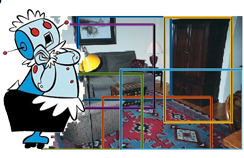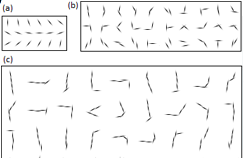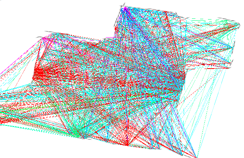Robot place mapping & recognition
We developed algorithms for place mapping and recognition by mobile robots. The methods are image-based as well as by using laser range scanners and span hierarchical, deep learning and traditional subspace methods.




We developed algorithms for place mapping and recognition by mobile robots. The methods are image-based as well as by using laser range scanners and span hierarchical, deep learning and traditional subspace methods.



